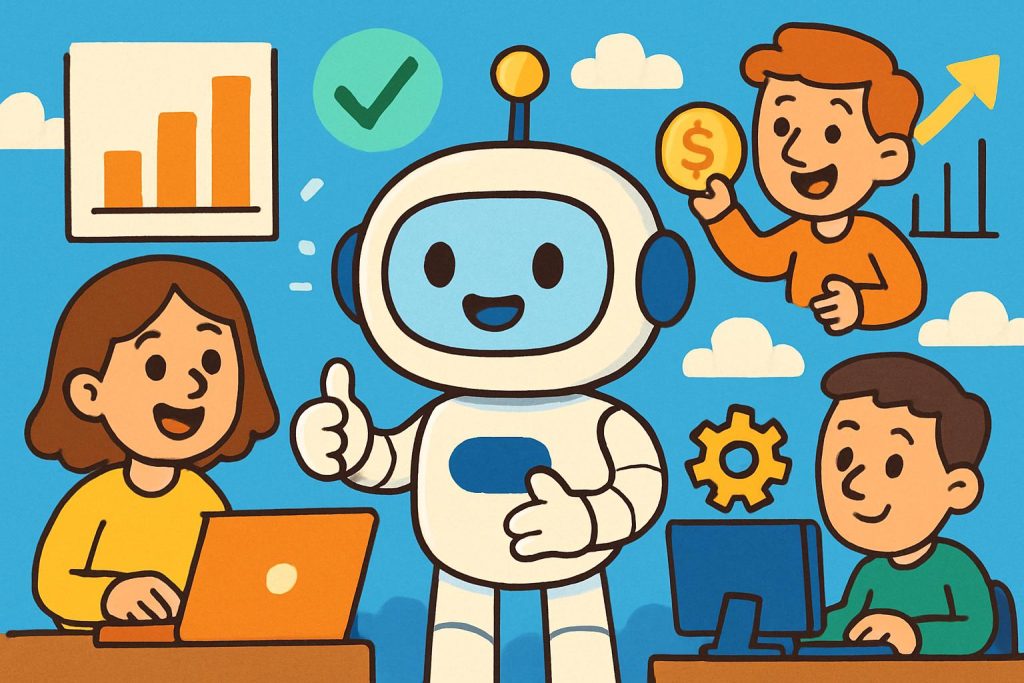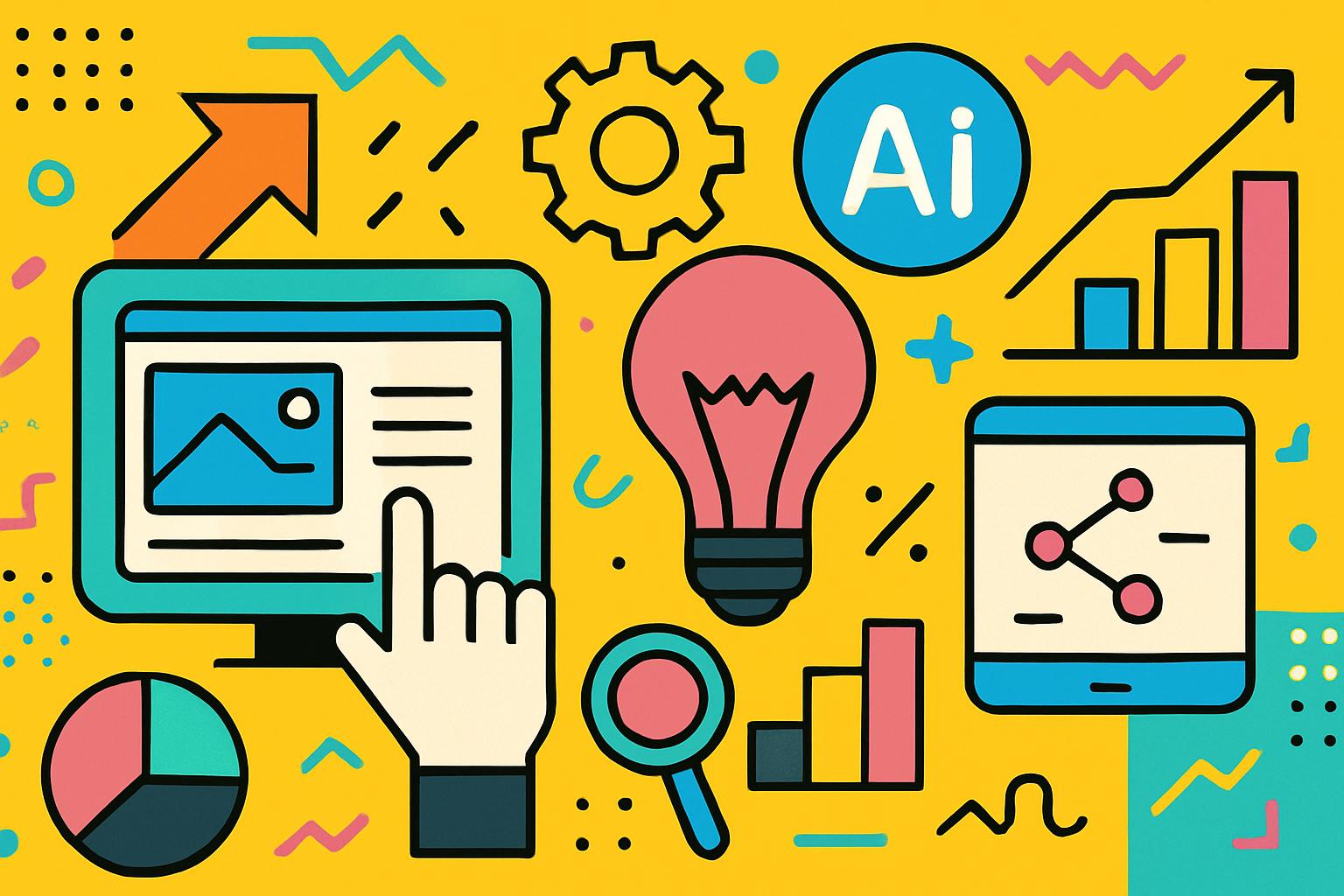Success with intelligent systems relies on more than just automation—it’s about solving the right problems, balancing oversight, and building trust. When blended effectively, these tools can reshape workflows and improve outcomes across industries. What happens when businesses prioritize purpose over technology?
What MIT got wrong about AI Agents: New G2 data shows they’re already driving enterprise ROI addresses a common myth about project failure in the tech industry. According to G2’s latest report, a large majority of organizations using intelligent agents are achieving measurable results, while only a small percentage encounter true failure. These systems are already changing workflow efficiency, customer service, and more, offering businesses substantial returns on their investments.
Where Intelligent Agents Excel: Addressing Business Challenges
Many of today’s enterprises consider these systems a core part of daily operations. G2’s research shows that 57% of businesses have these systems actively delivering results, and 70% believe they are essential to their operations. Top use cases include customer service improvements, business intelligence, and software development. When applied thoughtfully, these tools address common challenges: improving productivity, reducing costs, and even enhancing employee satisfaction. In fact, nearly 90% of survey participants reported improved morale in departments utilizing this technology.
For instance, companies have reported average cost savings of 40% and noticeably faster workflows. In marketing and sales departments, some businesses are observing workflow speeds improve by 50% or more. These striking outcomes demonstrate how the right tools in well-considered scenarios bring benefit where businesses need it most.
Human Oversight Balanced With Automation
One critical finding of G2’s 2025 report focuses on how organizations are combining automation with human input. While some allow systems to operate independently on low-risk tasks like data processing, others pair automation with human involvement for greater oversight. Programs involving humans in key decisions were twice as likely to achieve higher cost savings—75% or more—compared to those opting for complete independence. This blended approach seems to strengthen trust-building while helping companies scale their efforts thoughtfully.
Moreover, many organizations prefer established, reliable vendors when addressing concerns. Platforms like Salesforce’s Agentforce are a popular choice for those seeking dependable infrastructure to guide these tools into production. Companies often experiment with hybrid solutions to adapt their deployment before gradually transitioning to more tailored in-house options.
Establishing Trust and Addressing Security
One of the biggest challenges for businesses adopting advanced tools has been building trust. According to the G2 report, only half of decision-makers trust vendors outright, partly due to difficulties with explainability. Clear communication on how these systems work is critical, as organizations prioritize clarity in managing any risks.
Security also remains a major area of attention: 39% of businesses surveyed reported experiencing a security event after implementation, with 25% of these being classified as severe. As Tim Sanders of G2 highlights, fast retraining processes are necessary to prevent repeated issues. Designing responsive systems to address mistakes effectively helps improve confidence in the use of these tools over time.
Start Small, Focus on the Problem
Before turning to advanced tools, businesses should begin with a clear understanding of the specific problem they aim to address. Instead of purchasing technology without a defined purpose, creating a problem-centered approach ensures better results. When attention is directed at key internal barriers, teams are more understanding of early challenges and more likely to engage with the systems in place, eventually leading to greater adoption rates and better outcomes over time.
As trust in automation builds gradually, the right mix of thoughtful execution, human oversight, and iterative improvement can help businesses achieve strong results. What could your workflow look like with these systems implemented? How might it adjust how your teams collaborate? While obstacles persist, the process could prove worthwhile.
—
You can read the original article here.
Image Credit: GPT Image 1 / Kids Cartoon.
Make your own custom style AI image with lots of cool settings!
—
Want to get the RAIZOR Report with all the latest AI news, tools, and jobs? We even have a daily mini-podcast version for all the news in less than 5 minutes! You can subscribe here.
RAIZOR helps our clients cut costs, save time, and boost revenue with custom AI automations. Book an Exploration Call if you’d like to learn more about how we can help you grow your business.







